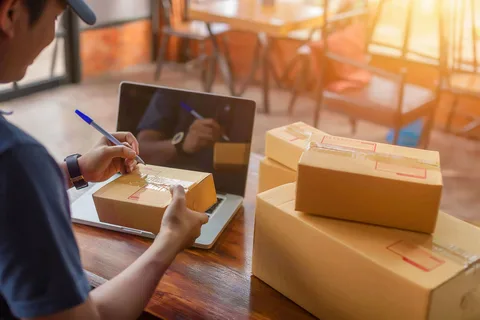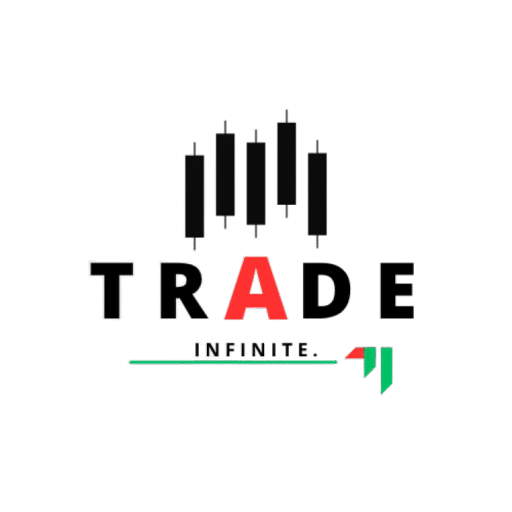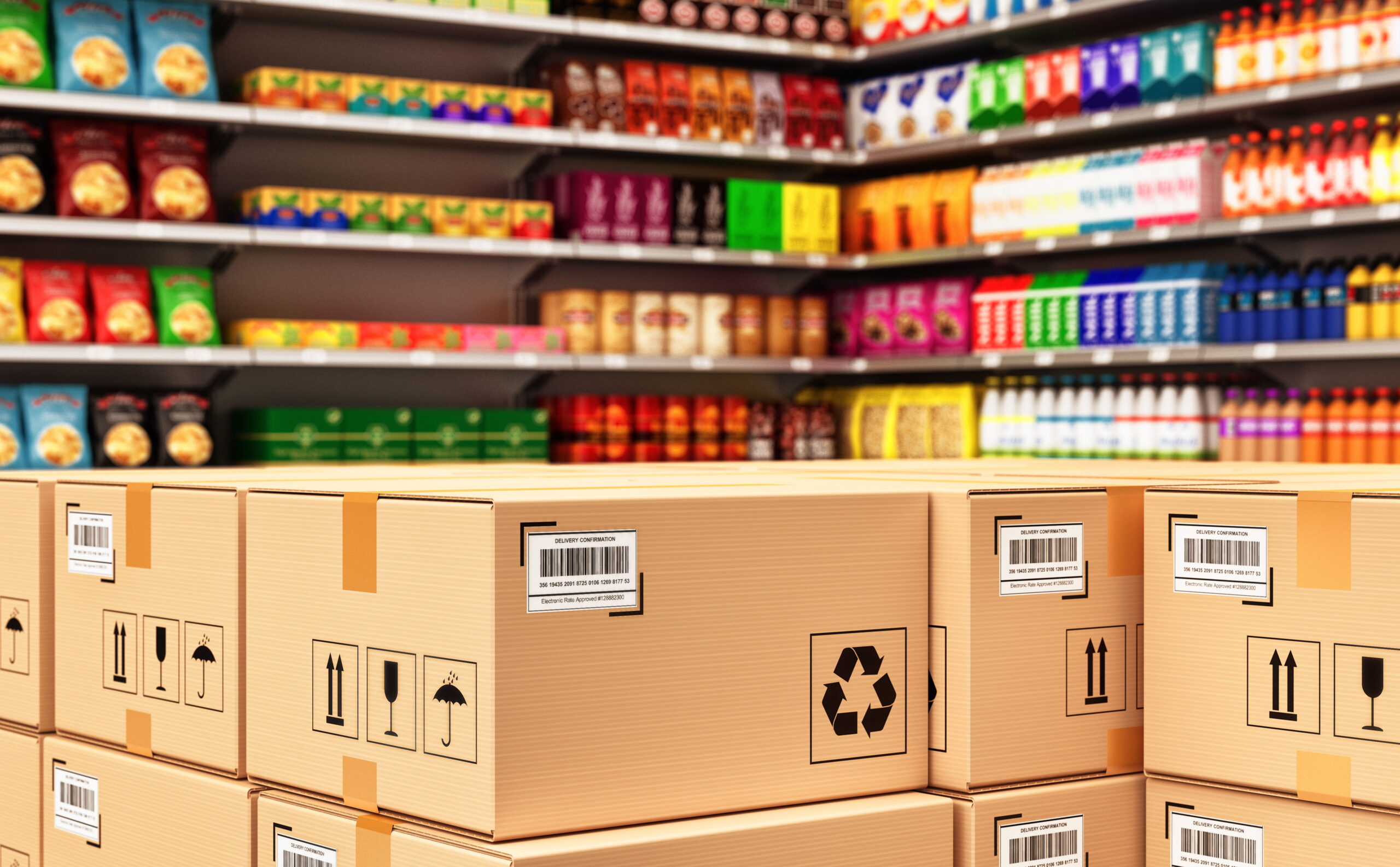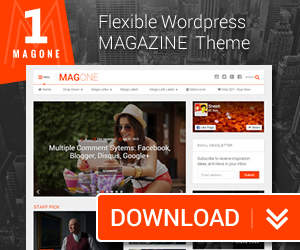Boxed packaged goods are a cornerstone of modern commerce, facilitating the safe transport, attractive presentation, and convenient storage of countl
Boxed packaged goods are a cornerstone of modern commerce, facilitating the safe transport, attractive presentation, and convenient storage of countless products. From groceries and electronics to cosmetics and pharmaceuticals, boxed packaging serves multiple roles—protection, branding, and customer engagement—making it an essential component of the supply chain and retail environment.
This article explores the importance of boxed packaged goods, emerging trends shaping their development, the key challenges the industry faces, and what the future holds for this vital packaging segment.
Must visit: tradeinfinite

The Importance of Boxed Packaged Goods
Boxed packaging plays a pivotal role in the consumer product ecosystem by fulfilling several key functions:
1. Protection and Preservation
Boxes provide structural integrity to protect products from damage during transport, handling, and storage. They shield contents from environmental factors such as moisture, light, and temperature fluctuations.
2. Branding and Marketing
The box is often the first point of physical contact between brand and consumer. With printed logos, brand colors, and product information, it serves as a mobile billboard that can influence purchase decisions and enhance brand recognition.
3. Convenience and Usability
Boxes contribute to consumer convenience by offering easy-to-open designs, resealable features, portion control, and even secondary uses such as storage or display.
4. Logistics and Supply Chain Efficiency
Boxes facilitate efficient stacking, handling, and transport. Their standard sizes and shapes simplify warehouse storage and distribution, reducing shipping costs.
Emerging Trends in Boxed Packaged Goods
As consumer preferences evolve and technology advances, several key trends are reshaping boxed packaging.
1. Sustainability and Eco-Friendly Materials
Environmental concerns are driving brands to adopt recyclable, compostable, and biodegradable materials. Corrugated cardboard made from recycled fibers, plant-based coatings replacing plastics, and minimalist designs reducing material use are now mainstream.
2. Personalization and Customization
Advances in digital printing and packaging technology allow brands to offer personalized packaging, from limited edition designs to customized messages, enhancing consumer engagement and loyalty.
3. Smart and Connected Packaging
Integration of QR codes, NFC chips, and augmented reality (AR) features creates interactive experiences, providing product information, authenticity verification, and promotional content directly through the packaging.
4. Minimalist and Functional Design
Consumers favor clean, clutter-free packaging that prioritizes function. Easy-open seals, resealable boxes, and packaging designed for reuse or easy recycling align with these preferences.
5. E-commerce Focused Packaging
The rise of online shopping has created demand for packaging optimized for shipping durability, size efficiency, and unboxing experiences tailored for home delivery.
Key Challenges in Boxed Packaging
Despite innovation, the boxed packaging sector faces several significant challenges.
1. Environmental Impact
Over-packaging and non-recyclable components continue to create waste problems. Ensuring true recyclability and compostability remains complex due to mixed materials and coatings.
2. Cost Management
Sourcing sustainable materials and implementing new technologies often come at higher upfront costs, impacting pricing strategies and profit margins.
3. Supply Chain Disruptions
Global events can interrupt the availability of raw materials and manufacturing capacity, causing delays and increased costs.
4. Regulatory Compliance
Packaging must comply with ever-changing regulations related to safety, sustainability claims, and labeling, which vary by country and region.
5. Balancing Aesthetics and Practicality
Creating visually appealing packaging that also meets durability, sustainability, and cost goals requires careful design and engineering.
Best Practices for Successful Boxed Packaging
Businesses aiming to excel in boxed packaging can adopt the following strategies:
1. Material Optimization
Use right-sized boxes to reduce material waste and shipping volume. Choose recycled and recyclable materials that meet durability requirements.
2. Consumer-Centric Design
Prioritize usability features such as easy opening, resealability, and clear product information. Test packaging with target consumers to gather feedback.
3. Sustainability Integration
Adopt eco-friendly materials and manufacturing processes. Communicate sustainability efforts transparently on packaging to build trust.
4. Technological Adoption
Leverage digital printing for customization and short runs. Explore smart packaging options that add value to the consumer experience.
5. Regulatory Awareness
Stay informed of relevant packaging laws and certifications to avoid compliance issues.
The Future of Boxed Packaged Goods
Looking ahead, boxed packaging will continue evolving through:
- Greater sustainability: Adoption of circular economy models, reusable packaging, and zero-waste production.
- Advanced materials: Bioplastics, nanomaterials, and self-healing packaging for enhanced protection.
- Enhanced consumer interaction: Broader use of augmented reality, AI-driven personalization, and blockchain for supply chain transparency.
- Automation and AI: Smart factories and AI-guided packaging design for efficiency and customization.
- Global standardization: Harmonized regulations and standards to simplify compliance and improve sustainability.
FAQs: Boxed Packaged Goods
1. Why is boxed packaging important for branding?
It creates a first impression, conveys brand values, and differentiates products on shelves or online.
2. How can boxed packaging be made more sustainable?
By using recycled/recyclable materials, minimizing excess packaging, and adopting biodegradable coatings.
3. What is smart packaging?
Packaging that integrates technology like QR codes or NFC chips to interact with consumers and provide additional information or services.
4. How does e-commerce influence boxed packaging design?
It drives demand for durable, easy-to-ship, and consumer-friendly packaging optimized for delivery.
5. What are common materials used in boxed packaging?
Corrugated cardboard, paperboard, recycled fiberboard, and increasingly plant-based or compostable materials.
6. How can companies balance cost and sustainability?
By optimizing design for material efficiency, leveraging scale economies for sustainable materials, and focusing on lifecycle cost savings.
7. What trends are shaping the future of boxed packaging?
Sustainability, smart packaging, personalization, e-commerce optimization, and advanced materials.
Conclusion
Boxed packaged goods remain a fundamental element of the product journey, bridging manufacturing, logistics, marketing, and consumer experience. The ongoing evolution driven by sustainability imperatives, technological innovation, and changing consumer demands presents both challenges and exciting opportunities.
Businesses that proactively embrace eco-friendly materials, consumer-centric designs, and smart packaging technologies will not only reduce environmental impact but also enhance brand loyalty and operational efficiency. As the future unfolds, boxed packaging will become smarter, greener, and more integral than ever to product success.




COMMENTS